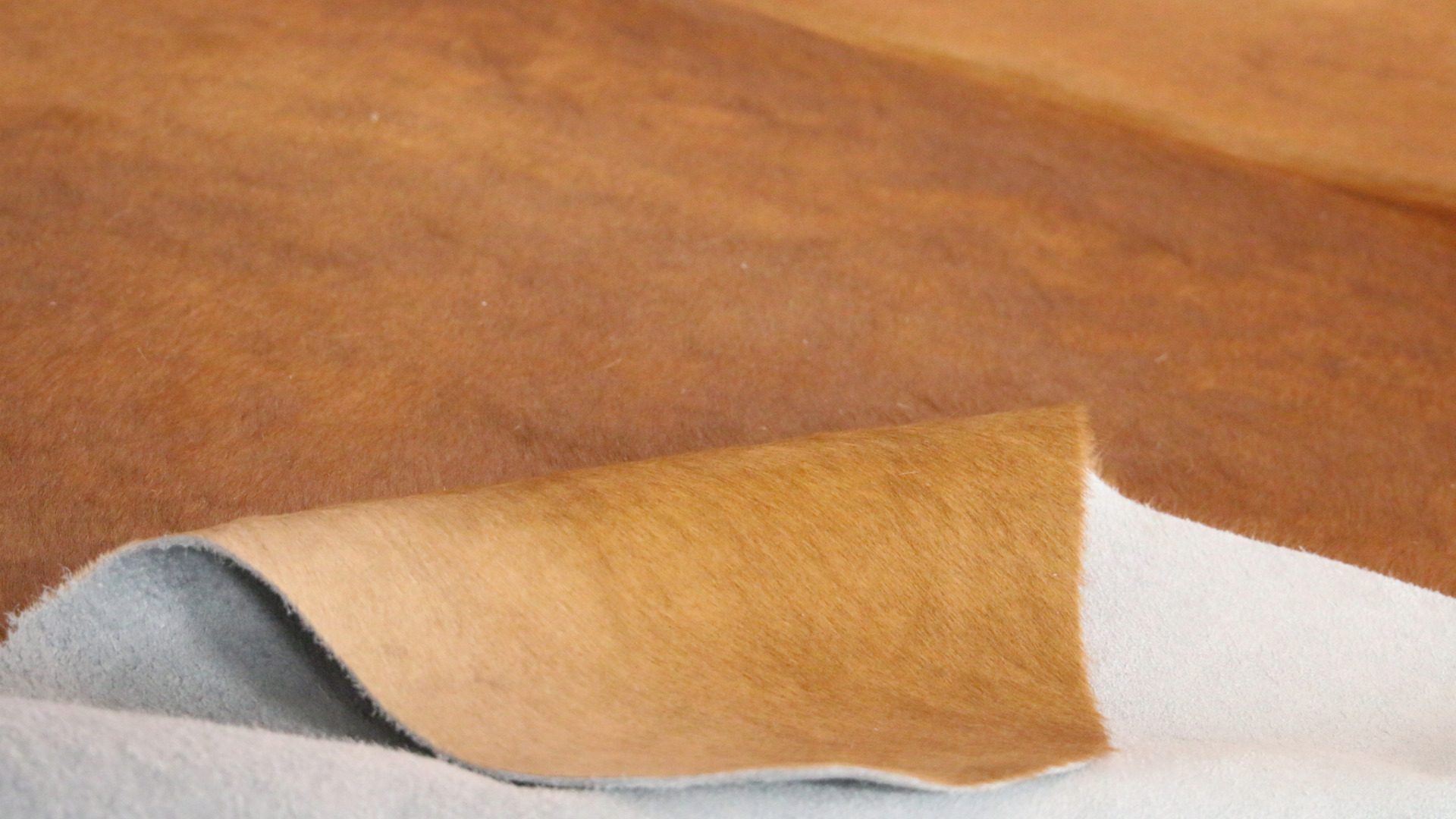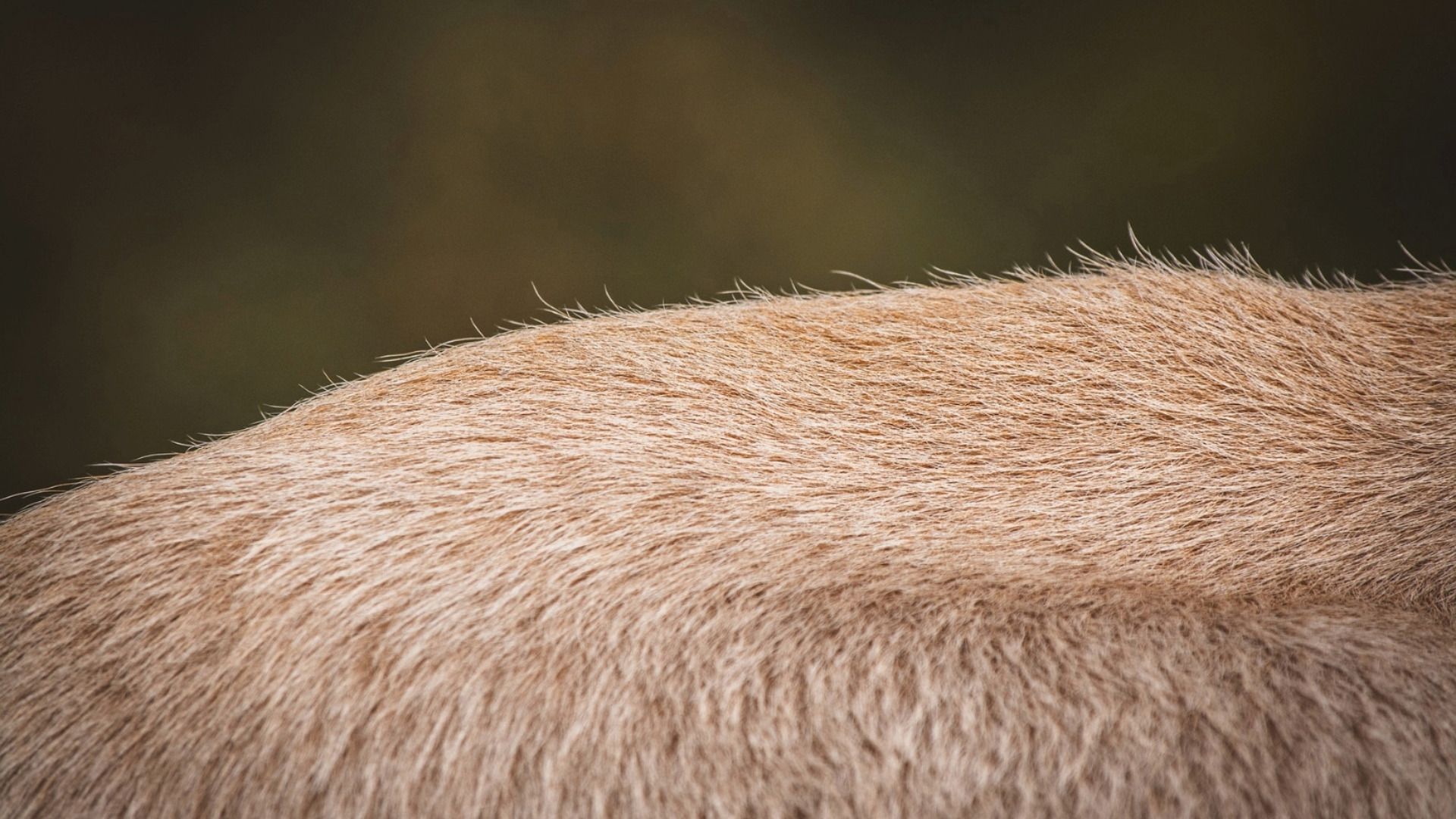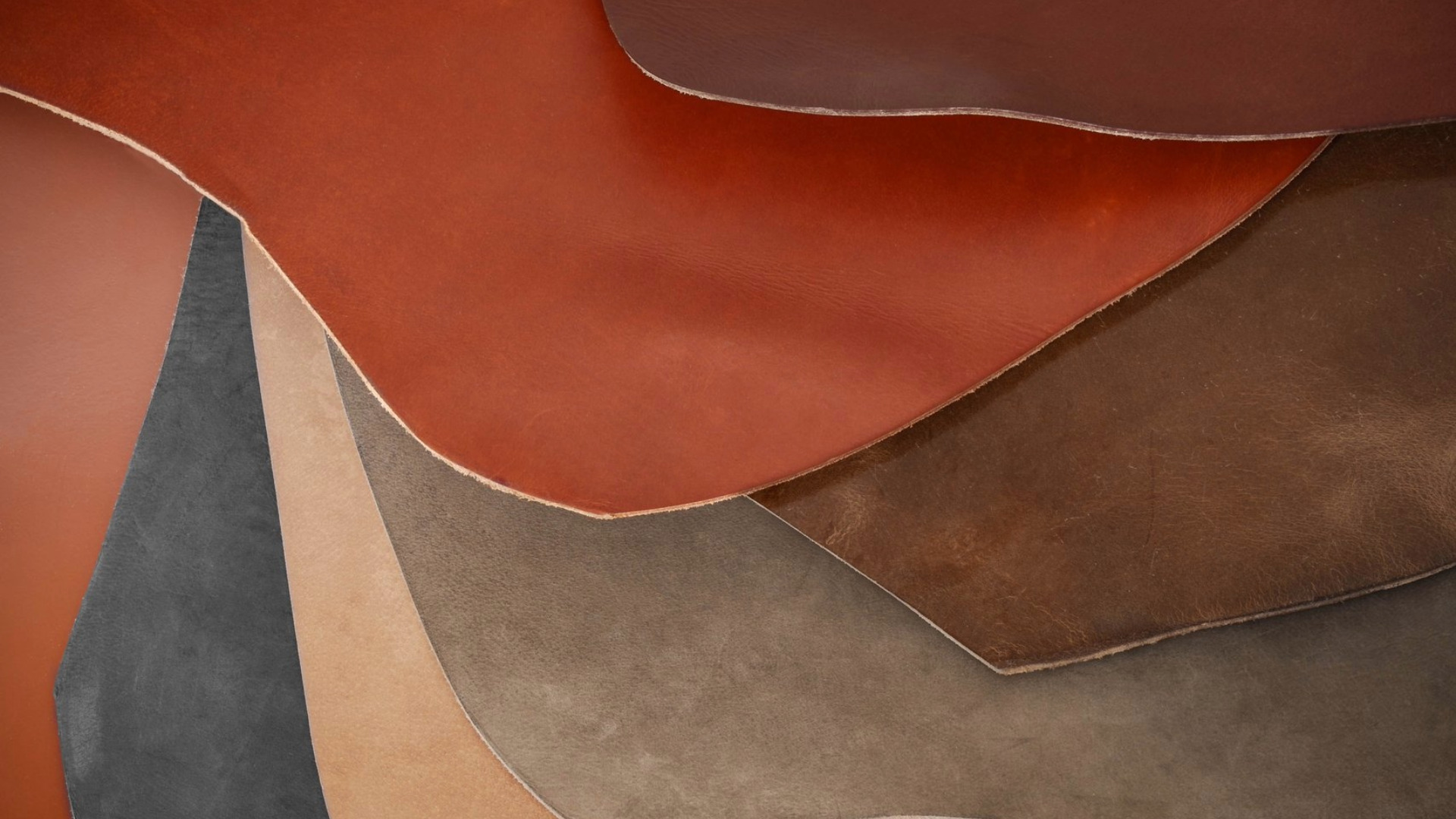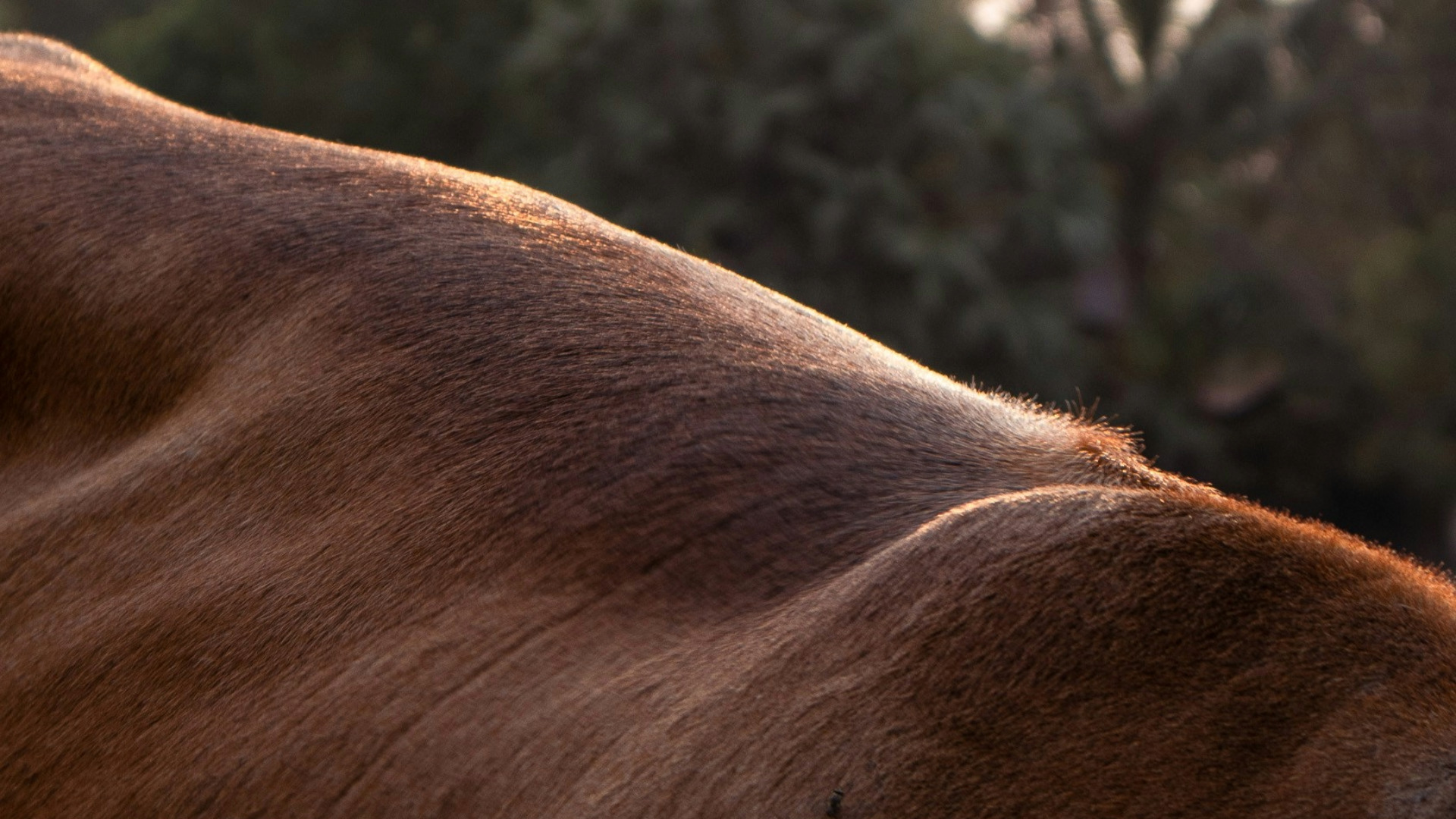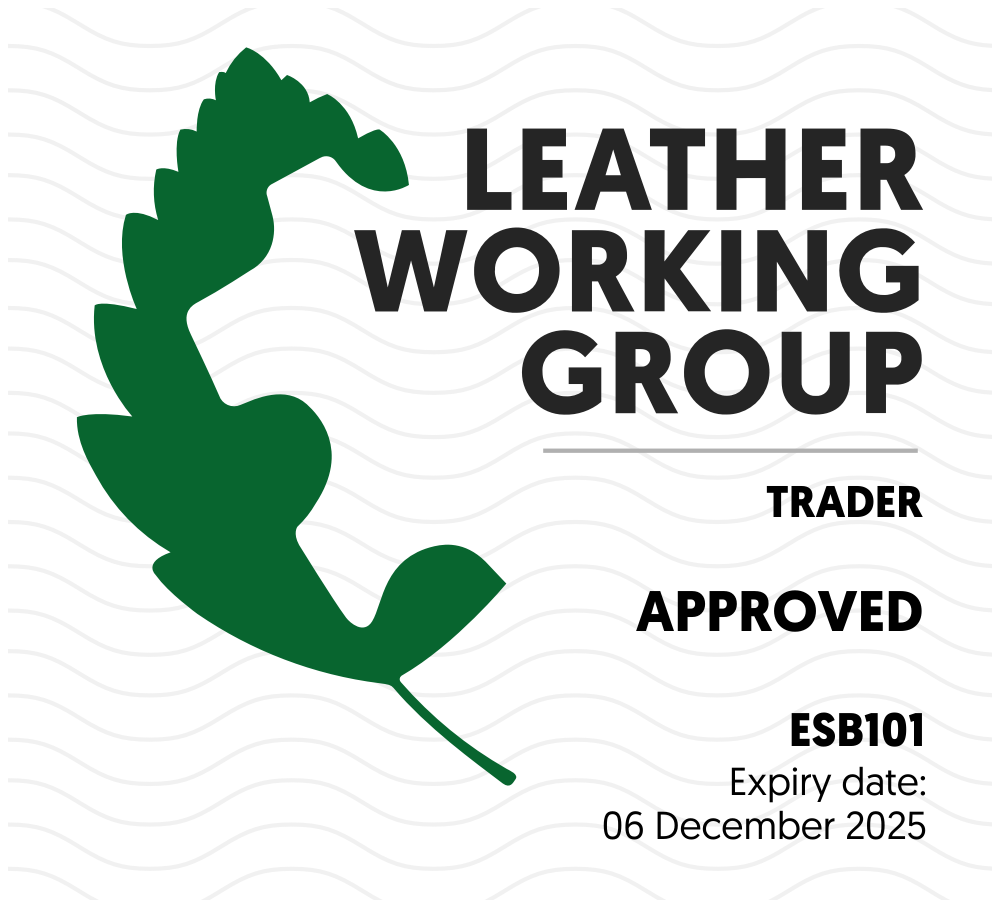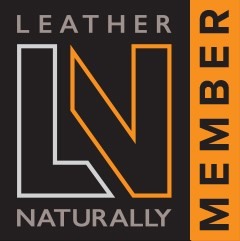Leather is a by-product of the food industry
In today’s world, sustainability and ethical consumption are at the forefront of consumer concerns. Leather, often misunderstood, stands as a remarkable example of a circular and sustainable material. Contrary to popular belief, animals are not slaughtered for their hides alone. Instead, leather is a valuable by-product of the food industry, ensuring that no part of the animal goes to waste.
Make a sustainable choice!
Without the utilization of hides for leather, tons of skins would end up in landfills, contributing to environmental waste. Leather, therefore, plays a critical role in reducing waste and promoting sustainability. By making use of what would otherwise be discarded, the leather industry helps in minimizing the environmental footprint of meat consumption.
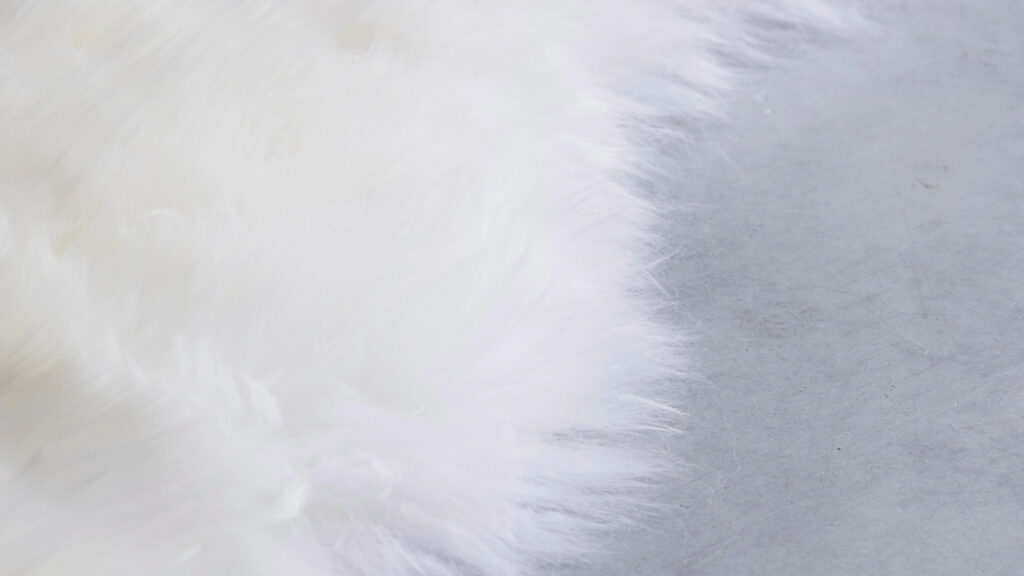
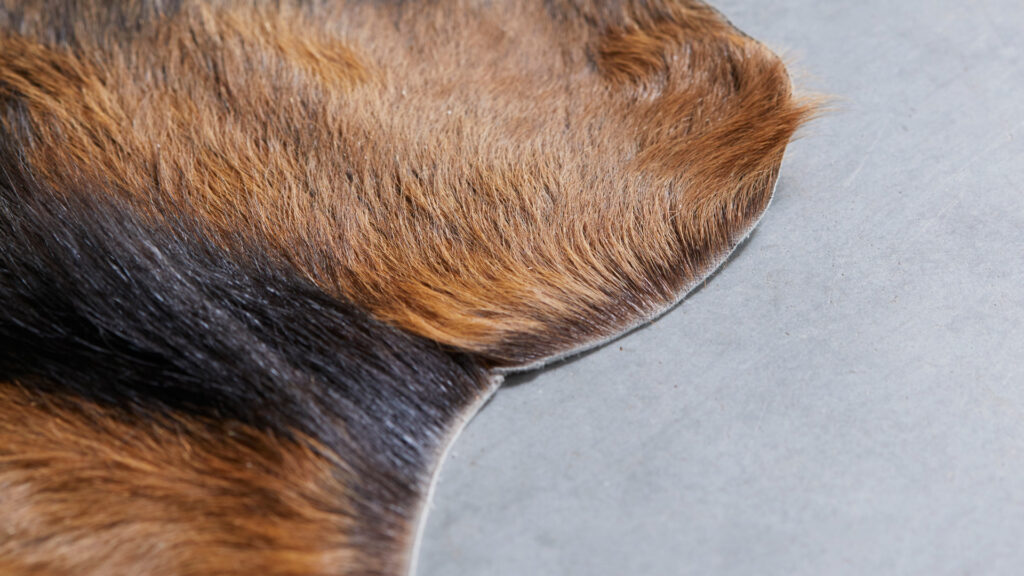
The long life of leather
Leather’s durability and longevity stand in stark contrast to the fast fashion industry’s disposable culture. A well-made leather product can last for decades, reducing the need for frequent replacements.
This longevity is a testament to leather’s sustainability, as it prevents wastage and reduces the demand for new resources.

Circular solution
Leather’s lifecycle embodies the principles of a circular economy. Here are the key steps:
- Repair: Leather goods can be repaired, extending their life and reducing the need for new products.
- Reuse: Leather items can be reused, finding new life in second-hand markets or as hand-me-downs.
- Repurpose: When leather goods reach the end of their initial use, they can be repurposed into new products, ensuring that the material is utilized to its fullest potential.
- Degradation: At the end of its lifecycle, leather naturally degrades, unlike synthetic materials that can persist in the environment for centuries.
These stages highlight leather’s versatility and its alignment with sustainable practices.
By understanding and appreciating the true nature of leather, consumers can make informed, ethical choices. Leather is more than just a material; it is a sustainable solution that maximizes the use of resources, minimizes waste, and stands the test of time. Find out more information at Leather Naturally!

